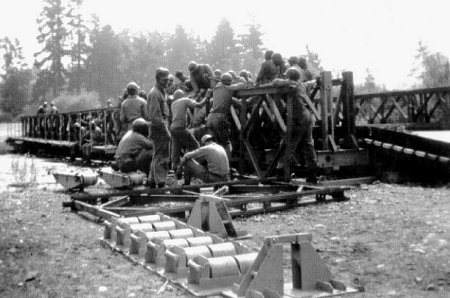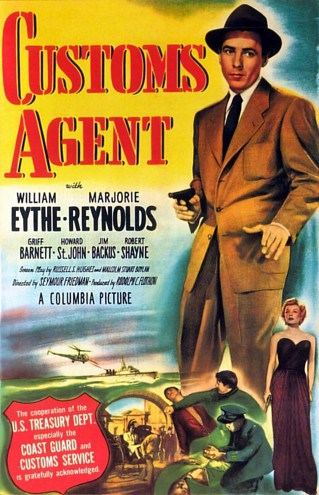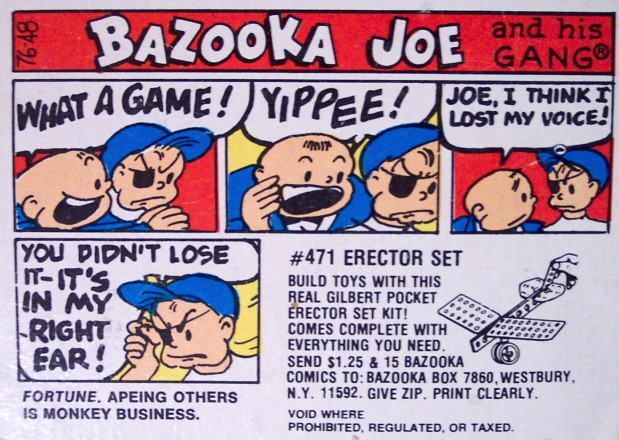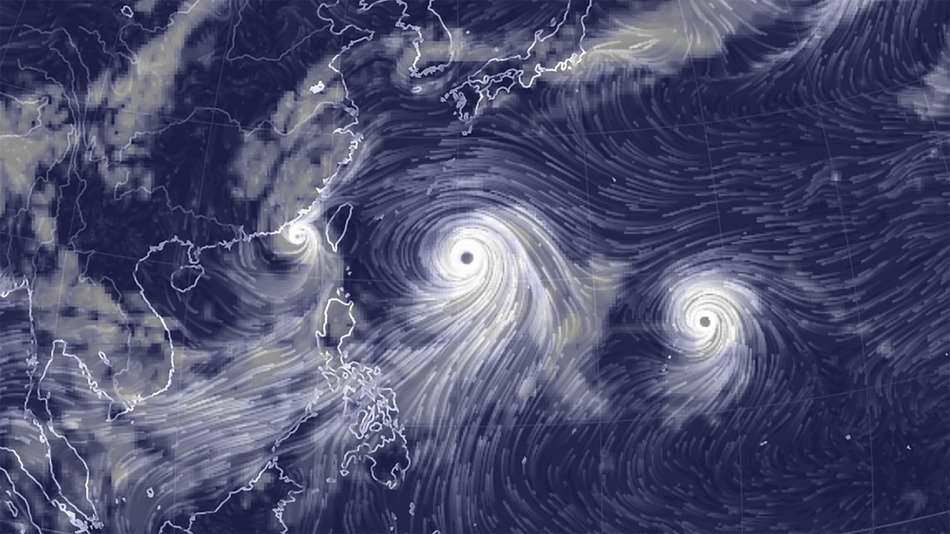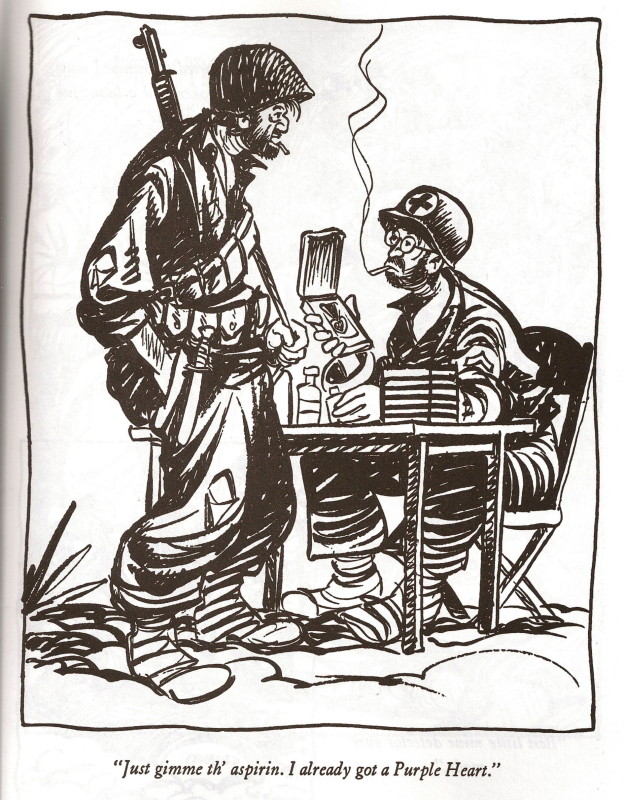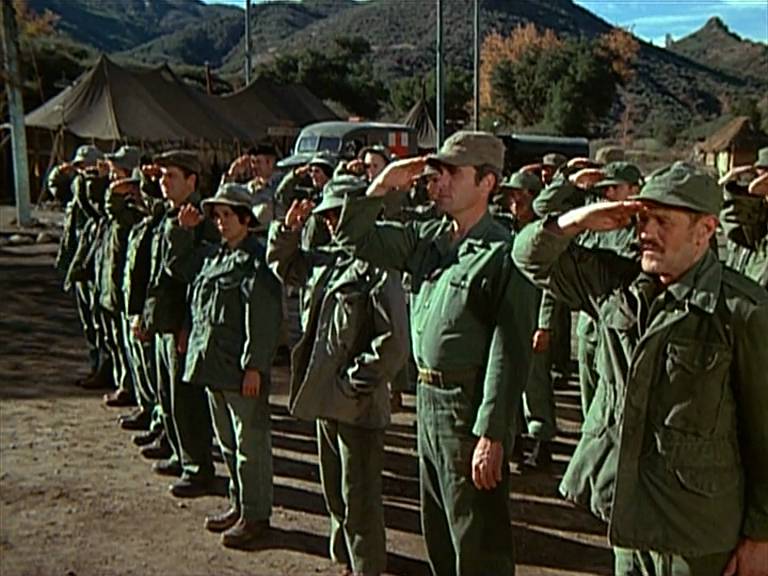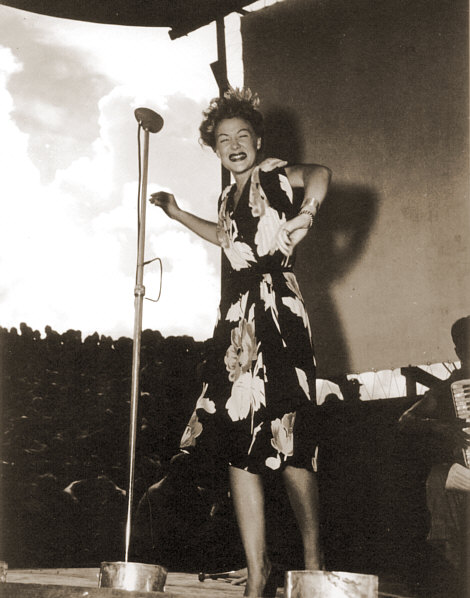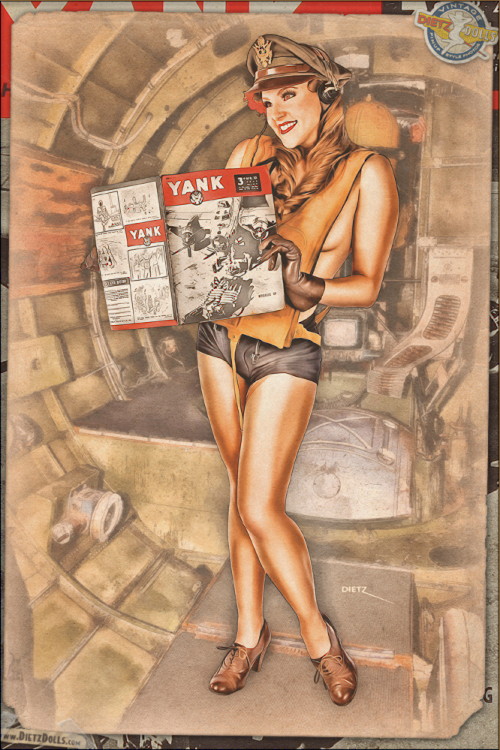Today we continue letting the reader see some of the specific references behind the details in X-Day: Japan. These are not formal citations, as they are not all root sources and the book is not an academic volume. The use of real historical elements for X-Day: Japan serves to educate the reader about the time, add interest to the story, and honestly it just made the thing easier to write!
August 30, 1945
Purple heart orders and production,
– Giangreco, Hell to Pay, p187-193 [hardcover, 2009]
September 10, 1945
Typhoon Ursula,
– wikipedia.org
September 17, 1945
Typhoon Ida,
– wikipedia.org
– navsource.org
September 21, 1945
Antitank Rocket, Methods of Use,
– youtube.com
October 10, 1945
Typhoon Louise,
– history.navy.mil
– danielborgstrom.blogspot.com
– navsource.org
– glynn.k12.ga.us
October 11, 1945
USS Laffey, destroyer DD-724 [MUSEUM SHIP at Patriot’s Point],
– patriotspoint.org
October 28, 1945
Downfall operational plan, 5/28/45, Annex 3 – estimated lift requirements
– theblackvault.com
November 6, 1945
Petition to make Ernie Pyle’s house a national landmark,
– nps.gov
November 9, 1945
Men lined up waiting to use the head before an assault,
– Sledge, With the Old Breed
Surrender rates of Japanese soldiers,
– Frank, Downfall, p28-29 and p71-72 [Penguin paperback, 2001]
November 11, 1945
Diagrams of amphibious assault boats,
– ww2gyrene.org
November 16, 1945
USS Charette, destroyer DD-581, which had a remarkable career with the Greeks as the Velos,
– wikipedia.org
USS Montrose, attack transport APA-212,
– nasflmuseum.com
November 17, 1945
Helicopter medevac,
– olive-drab.com
– airspacemag.com
November 19, 1945
Estimate of Japanese tank strength and tactics,
– ibiblio.org/hyperwar
November 20, 1945
USS Sanctuary, hospital ship AH-17,
– wikipedia.org
158th RCT, “Bushmasters”
– ww2f.com
– wikipedia.org
November 21, 1945
USS Athene, attack cargo ship AKA-22,
– navsource.org
USS Kidd, destroyer DD-661 [MUSEUM SHIP],
– usskidd.com
USS Chester, heavy cruiser CA-27,
– ibiblio.org/hyperwar
USS Windham Bay, escort carrier CVE-92,
– sites.google.com/site/windhambay
USS Comfort, hospital ship AH-6,
– dorriehoward.info/comfort
Blood supply,
– Giangreco, Hell to Pay, p139 [hardcover, 2009]
USS Firedrake, Mount Hood class,
– wikipedia.org
– ibiblio.org/hyperwar
USS Orleck, destroyer DD-886 [MUSEUM SHIP],
– orleck.org
USS Guam, Alaska-class,
– wikipedia.org
– wikipedia.org
November 22, 1945
USS Heerman (DD-532), USS John C. Butler (DE-339), – legends of Taffy-3,
– bosamar.com
– wikipedia.org
– navsource.org
“The outcome is doubtful, but we will do our duty.”
Rear Admiral Robert W. Copeland,
– wikipedia.org

